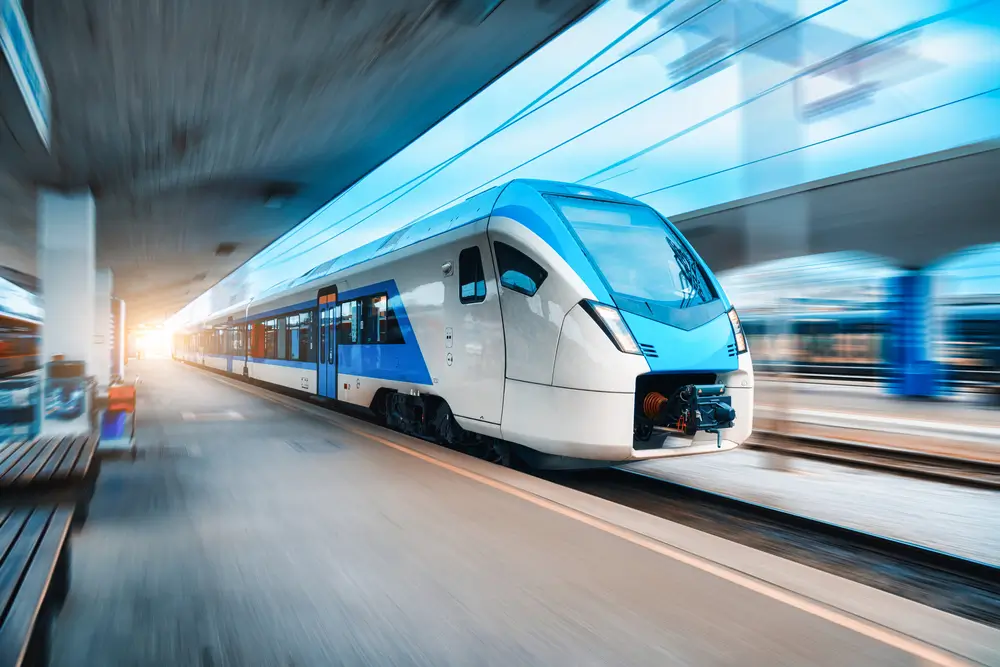
In the age of digital connectivity, staying online during travel has become a necessity rather than a luxury. As railways around the world strive to offer the best travel experience, one significant upgrade is the implementation of high-speed internet. Enter Starlink, a satellite internet constellation by SpaceX, which promises to revolutionize internet connectivity on trains. This article delves into the intricacies of Starlink installation in trains, highlighting the expertise of ‘Starlink Installation Pros,’ and explores how this technology is set to transform rail travel.
The Demand for Onboard Connectivity
Travelers today expect reliable internet access whether they are commuting to work, embarking on long journeys, or exploring scenic routes. Traditional Wi-Fi solutions on trains often struggle with connectivity issues, especially in remote areas and tunnels. Starlink, with its promise of high-speed, low-latency internet, offers a compelling solution to these challenges.
Understanding Starlink
Starlink is a network of low Earth orbit (LEO) satellites designed to provide global internet coverage. By positioning satellites closer to Earth compared to traditional geostationary satellites, Starlink significantly reduces latency and improves internet speeds. As of 2024, Starlink has deployed over 4,000 satellites, with plans to expand its constellation further, ensuring robust and continuous coverage.
Custom Mounting Solutions for Trains
Installing Starlink on trains requires precise engineering and custom solutions to ensure seamless connectivity and operational efficiency. ‘Starlink Installation Pros’ are adept at addressing these challenges with their specialized skills. Here’s how they achieve it:
Strategic Placement
Effective installation starts with identifying the optimal locations for the Starlink hardware on the train. This involves considering factors such as signal reception, structural integrity, and minimal interference with other train systems.
Durable Mounting Hardware
The mounting solutions are designed to withstand the rigors of train travel, including high speeds, vibrations, and varying weather conditions. Lightweight, robust materials are used to ensure that the mounts do not add significant weight to the train while providing secure and stable support for the Starlink antennas.
Seamless Integration
Integrating Starlink with the train’s existing systems is a complex task. ‘Starlink Installation Pros’ ensure that the installation process is efficient, minimizing downtime and disruptions. They work closely with train operators and manufacturers to integrate the system smoothly, often utilizing pre-existing infrastructure to simplify the process.
Benefits of Starlink for Rail Travel
The deployment of Starlink on trains brings a host of benefits that enhance the travel experience:
High-Speed Internet
Starlink offers download speeds of up to 100 Mbps, allowing passengers to stream videos, work remotely, and browse the internet without interruption.
Low Latency
With latency as low as 20 milliseconds, Starlink ensures real-time communication, which is essential for video calls, online gaming, and other latency-sensitive applications.
Continuous Coverage
Starlink’s extensive satellite network guarantees consistent internet access throughout the journey, even in remote areas and tunnels where traditional connectivity options fail.
Enhanced Passenger Experience
Reliable internet access significantly enhances passenger satisfaction, making rail travel more appealing, especially for long-distance and business travelers.
Competitive Advantage
For train operators, offering Starlink internet services provides a competitive edge, attracting more passengers and potentially increasing revenue.
Future Prospects of Starlink in Railways
As Starlink continues to evolve, its application in railways is set to expand. Future developments include:
Increased Satellite Deployment
SpaceX plans to launch more satellites, improving coverage and service quality. This will ensure even better connectivity for trains, especially on routes that traverse remote and rural areas.
Improved Antenna Technology
Advancements in antenna design will lead to more compact, efficient, and cost-effective hardware, facilitating easier installations and better performance.
Regulatory Approvals
As Starlink gains more regulatory approvals worldwide, the adoption of this technology in railways will become more widespread, leading to standardized solutions and broader implementation.
Enhanced Integration
Future Starlink systems may offer deeper integration with train communication and operational systems, providing real-time data for improved safety, efficiency, and passenger services.
Conclusion
Starlink installation in trains is poised to redefine rail travel, providing high-speed, reliable internet access where traditional solutions fall short. Through custom mounting solutions and expert installations, ‘Starlink Installation Pros‘ are ensuring seamless integration and operation of this advanced technology. As the Starlink network expands and technology advances, the future of internet connectivity on trains looks incredibly promising, offering a significant upgrade to the travel experience.
FAQs
1. How does Starlink improve internet connectivity on trains compared to traditional systems?
Starlink offers higher speeds and lower latency compared to traditional train Wi-Fi systems. Its low Earth orbit satellites provide a more stable and faster connection, making it ideal for activities such as streaming and video conferencing.
2. What challenges are involved in installing Starlink on trains?
Challenges include ensuring the durability and stability of the mounting hardware, integrating the system with existing train infrastructure, and maintaining signal reception throughout the journey, including in tunnels and remote areas.
3. Are there any regulatory issues with using Starlink on trains?
Regulatory approvals are required for the use of Starlink in railways. As of now, various regulatory bodies are in the process of approving these installations, and progress is being made globally.
4. How does Starlink ensure internet coverage in remote areas and tunnels?
Starlink’s network of low Earth orbit satellites provides continuous coverage even in remote areas and tunnels. The system is designed to switch between satellites seamlessly, ensuring uninterrupted connectivity.
5. What future developments can we expect from Starlink in railways?
Future developments include more satellites for better coverage, advanced antenna designs for easier and more efficient installations, broader regulatory approvals, and deeper integration with train communication and operational systems for enhanced safety and efficiency.


